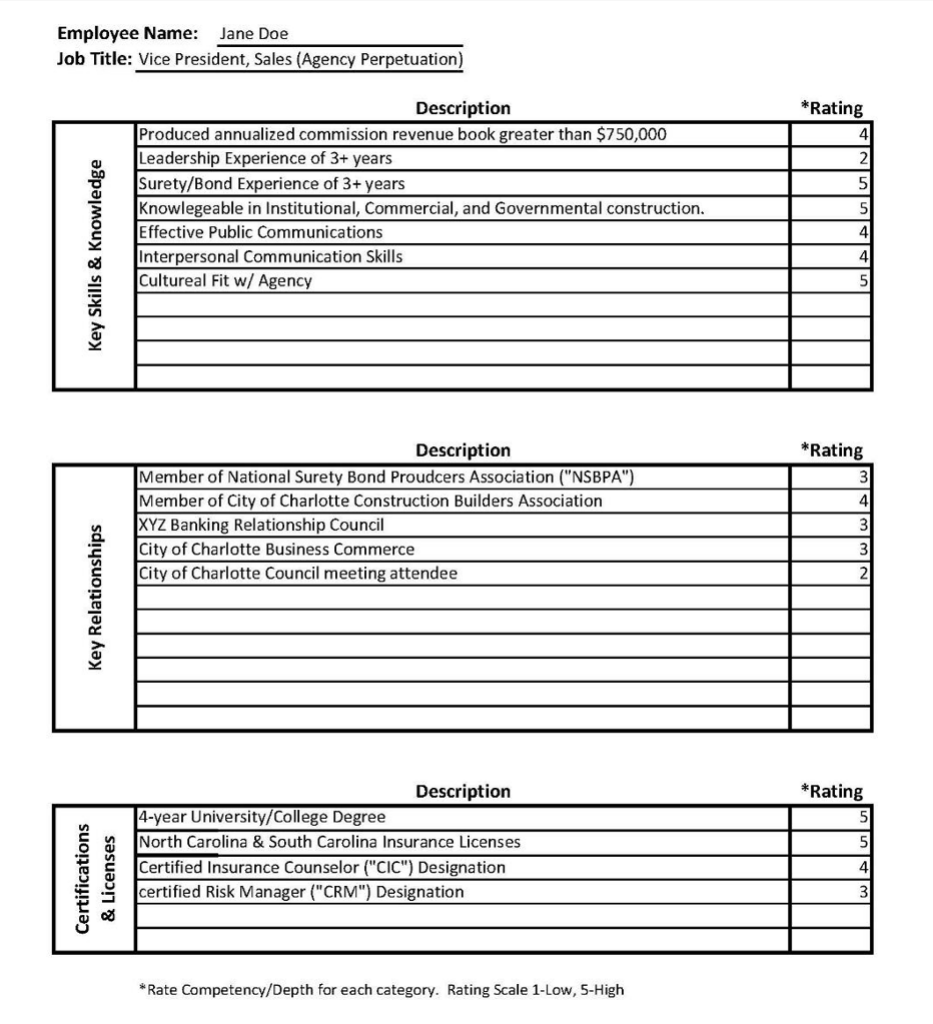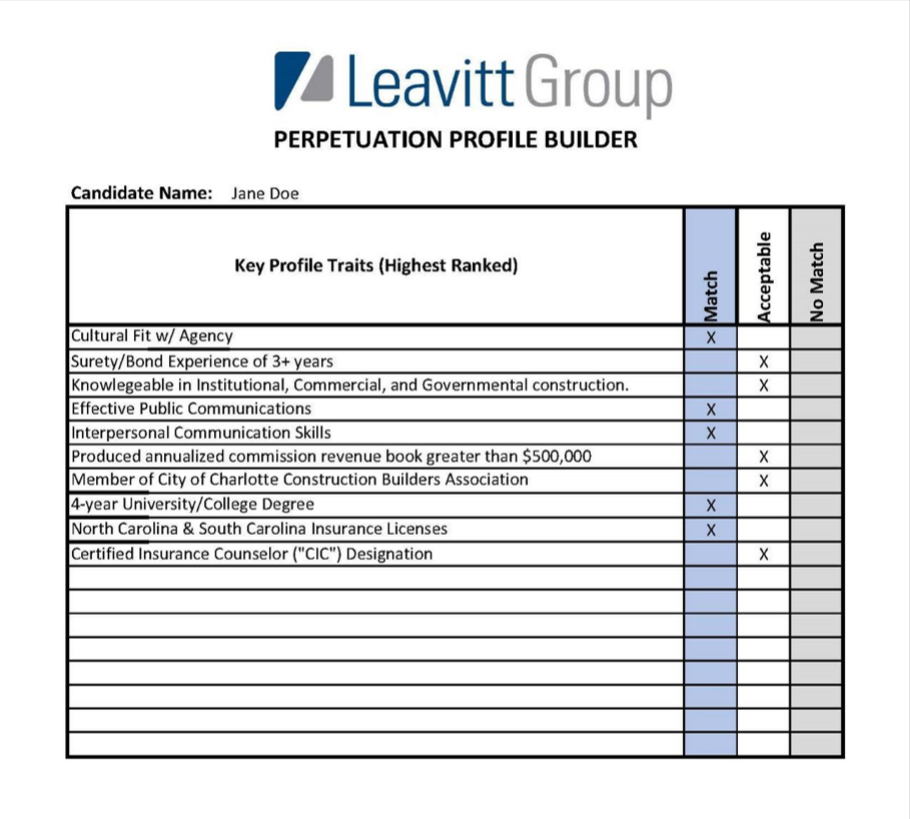If thinking about perpetuation stresses you out, you’re not alone. Most of the human experience is tied up in resisting change, and perpetuation is a colossal type of change. However uncomfortable it makes you feel, you should still spend time thinking about and planning for it. Having a plan in place beforehand makes life simpler in the long run.
When should I begin creating a perpetuation strategy?
There’s no perfect time to start planning — it depends on you and your agency. However, 38% of surveyed agency owners across the United States said that the ideal time to begin planning perpetuation is between 5 to 7 years before you plan on retiring.
If you’re currently in this 5-to-7-year timeframe but don’t have a perpetuation strategy yet, what’s keeping you from creating one?
It’s possible you’re like 63% of surveyed agency owners and can’t find a successor you trust to carry your agency on.
How do I start perpetuation planning?
Taking the first step in creating a perpetuation strategy is overwhelming because the process isn’t a small one by any means. Thankfully, there’s a convenient saying that fits! “How do you eat an elephant? One bite at a time.”
(Please don’t eat any literal elephants, though.)
An excellent first step is sitting down and identifying specific characteristics you want a successor to have. Characteristics differ from owner to owner because each agency has its own needs. Leavitt Group has a profile-building tool that allows our agency co-owners to easily organize their thoughts and ideas in one place.

There are three areas of focus: essential skills and knowledge, key relationships, and certifications needed to maintain agency operations. You can create your own focus areas; at Leavitt Group, we use our seven governing principles in the profile-building tool mentioned above for this step.

The profile is presented to the agency’s leadership team members, who take time to rank the importance of each required characteristic from one to five. One being “unnecessary” and five being “absolute need.”
After you receive all the feedback, you create a job description that reflects the key components identified within the perpetuation profile. Now it’s time to start recruiting.
How do I recruit high-quality candidates?
Recruitment is one of the more challenging aspects of perpetuation. You want to find the perfect candidate who will respect your agency and all the hard work you’ve put in to nourish it. However, remember there’s no such thing as a perfect candidate so don’t waste your time looking for unicorns.
In short, keep your expectations realistic.
There are a few ways to find high-quality candidates, and you’re not limited to just internal talent.
• Know the local faces by attending industry networking events.
• Keep an eye open at your business commerce membership meetings.
• Work with a 3rd party recruiter.
At Leavitt Group, we have an internal recruitment department that uses internal and external methods to find great talent. Ultimately, finding a good perpetuation candidate is about making connections and maintaining relationships.
You can also help speed up your search by using candidate scorecards. You list the most vital characteristics you identified on your agency perpetuation profile and score the candidate as “match,” “acceptable,” or “no match.” Using a candidate scorecard helps you visualize how well a recruit fits the position.

After choosing your perpetuation candidates, you begin the implementation process.
Implementing your perpetuation strategy.
There are four steps involved in the implementation process.
- Keep open lines of communication and meet with your candidates and staff regularly. You don’t want anyone to fall to the wayside during implementation.
- Perform your initial candidate interviews. At this point, consider asking candidates to fill out a complete personality profile to expand your assessment of them. Try comparing completed personality profiles to your perpetuation profile. Is there overlap? Do they meet your requirements?
- Evaluate candidates’ financial footing and strategy. How do the candidates plan on purchasing stock? Do they have a strategy in place? Do your candidates have enough capital ability to finance your buyout?
- Finalize your decision and perpetuation plan. In this step, you want to complete the final interviews and select your top candidates. Using the information you’ve gathered throughout the previous steps, document a final perpetuation plan, and create any necessary legal documents required for eventual implementation.
After finishing this last step, you’ve successfully created your perpetuation strategy from start to finish. By taking one step at a time, you can easily tackle a usually overwhelming process and set your agency up for continued success in the future.
To read even more detail on perpetuation strategy development and planning, check out our white paper here.




